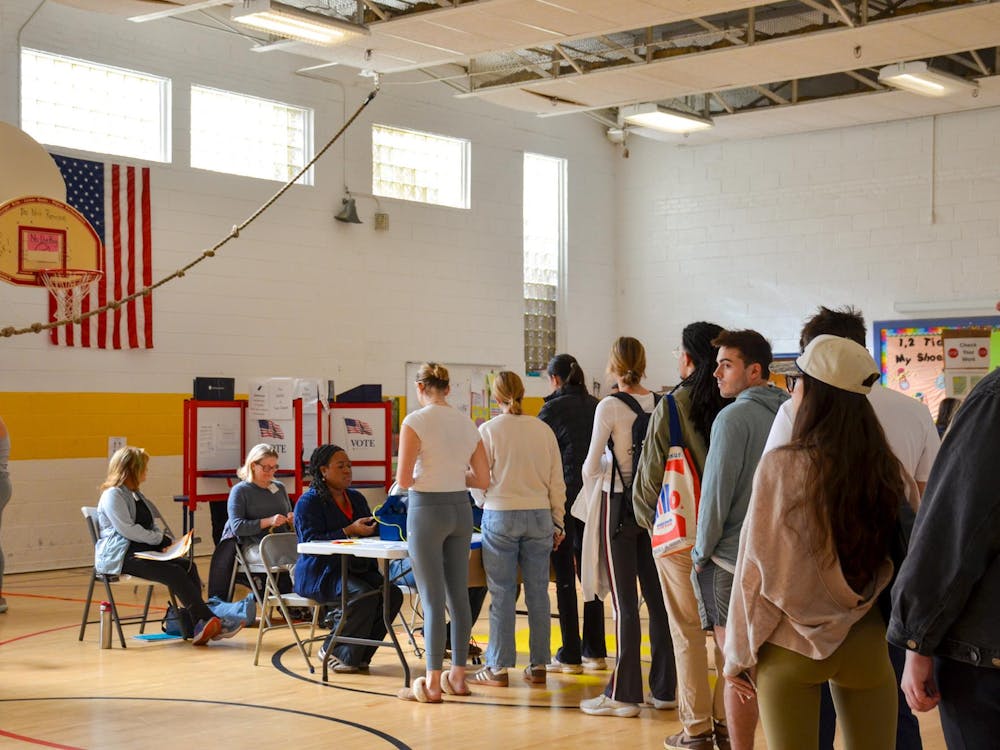The Federal Pell Grant Program recently predicted it will need an additional $5.9 billion in 2009, as compared to 2008, to support the financial needs of college and university students.
Pell grants are need-based grants that promote access to postsecondary education for low-income undergraduate and some post-baccalaureate students. These grants, which are limited in value and come from government funds, comprise an important part of the University’s AccessUVa financial aid program, explained Yvonne Hubbard, University Student Financial Services director.
“We’re standing at 1,150 [students using Pell grants], but I expect that to go up,” Hubbard said.
Hubbard said this figure translates to $3.5 million from the Federal Pell Grant Program, which the University allocates to students according to their Free Application for Federal Student Aid reports.
Currently the available institutional money, or “how much the University puts into financial aid every year,” is $24 million, Hubbard said. This money comes from tuition and endowments to the University and goes toward supporting students financially along with federal aid.
While there is “more money available in the Pell than ever before ... it’s not kept pace with the cost of living by any means,” said Claude Pressnell, Jr., vice chairperson of the Advisory Committee on Student Financial Assistance at the U.S. Department of Education.
Consequently, the Department of Education must continue to request increased funding from the federal government.
“If there is a shortfall in funds appropriated by Congress, then Congress will fund a supplemental appropriation to ensure that there is enough money in the program for all students who qualify for the grant,” a Department of Education spokesperson said.
Nevertheless, funding could fall short of providing all the benefits the Pell program would like to offer. In 2007, Congress passed the College Cost Reduction Access Act, which “established a new ‘mandatory’ additional appropriation of up to $490 for each Pell grant recipient,” but these funds are to be cut should funding prove insufficient, according to a report released by the Department of Education. This cut, should it be made, would affect the awards for as many as six million students, the report states.
Even if Pell grants are fully funded, a large discrepancy still exists between readily available federal aid and the cost of a University education.
“The maximum that you can get in Pell is about $4,400, which is about half of our in-state tuition, so we would like to see it be more than that,” Hubbard said.
As the economy’s growth declines, Hubbard explained, fewer students are attending universities in favor of staying at home to help support their families, but more students who are opting to attend school are in need of aid.
Over the past year the percentage of University students requiring financial aid increased from 25 percent to 26 percent, Hubbard noted.






